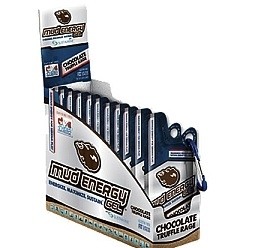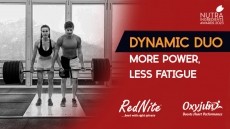L-alanyl-L-glutamine may reduce muscle protein breakdown after resistance exercise

Data from a rat study indicated that post-exercise consumption of Sustamine inhibited signaling proteins that activate protein degradation, which helps to maximize muscle protein build-up after resistance exercise.
“[T]o our knowledge, the present investigation provides the first insight into the phosphorylation states of enzymes controlling [muscle protein synthesis] and [muscle protein breakdown] in response to [Sustamine] supplementation after resistance exercise,” wrote the researchers in Amino Acids.
Sustamine has continued to gain traction in the US sports nutrition marketplace, with Kyowa Hakko’s fermentation technology delivering glutamine via a dipeptide, which solves the stability issue of this notoriously unstable amino acid. The dipeptide form also offers some distinct, demonstrated benefits in such as enhanced recovery, immune system support, and increased metabolic rate.
Study details
Led by Wanyi Wang, the researchers randomly divided 89 male Spraque-Dawley rats into five groups: Four groups performed resistance exercise and, immediately post exercise, were given whey protein (0.4g/kg), low-dose Sustamine (0.1g/kg), high-dose Sustamine (0.5g/kg) or placebo. The fifth group included 16 rats as sedentary controls.
“Sustamine altered, immediately post exercise the phosphorylation state of signaling proteins in a manner that theoretically should reduce muscle protein breakdown, while whey protein accelerated the phosphorylation of proteins in the mTOR-dependent signaling pathway thereby theoretically activating muscle protein synthesis,” reported the researchers.
“The actions of whey protein on the phosphorylation of mTOR did not appear to be hormonally controlled, but were most likely due to the actions of leucine, a prominent amino acid in whey.
“Together, these findings suggest that a combination of whey protein and Sustamine supplementation post exercise might result in the phosphorylation of metabolic regulatory enzymes in a manner that would increase [muscle protein synthesis] and decrease [muscle protein breakdown], thereby maximizing muscle protein accretion.”
Source: Amino Acids
Published online, doi: 10.1007/s00726-015-1972-7
“l‑Alanylglutamine inhibits signaling proteins that activate protein degradation, but does not affect proteins that activate protein synthesis after an acute resistance exercise”
Authors: W. Wang, R.H. Choi, G.J. Solares















